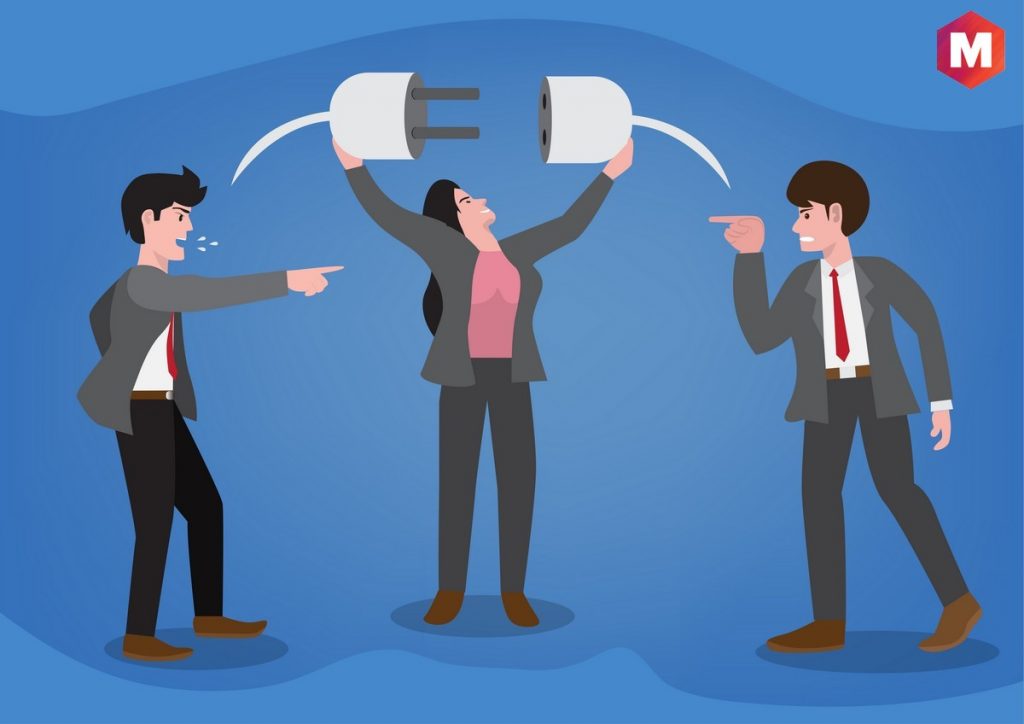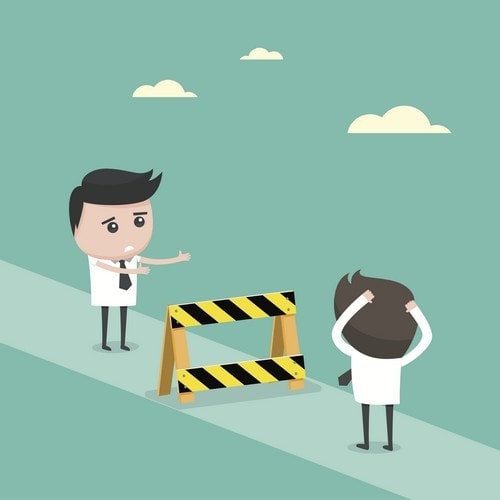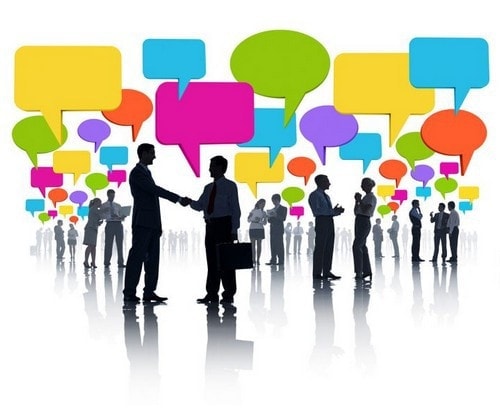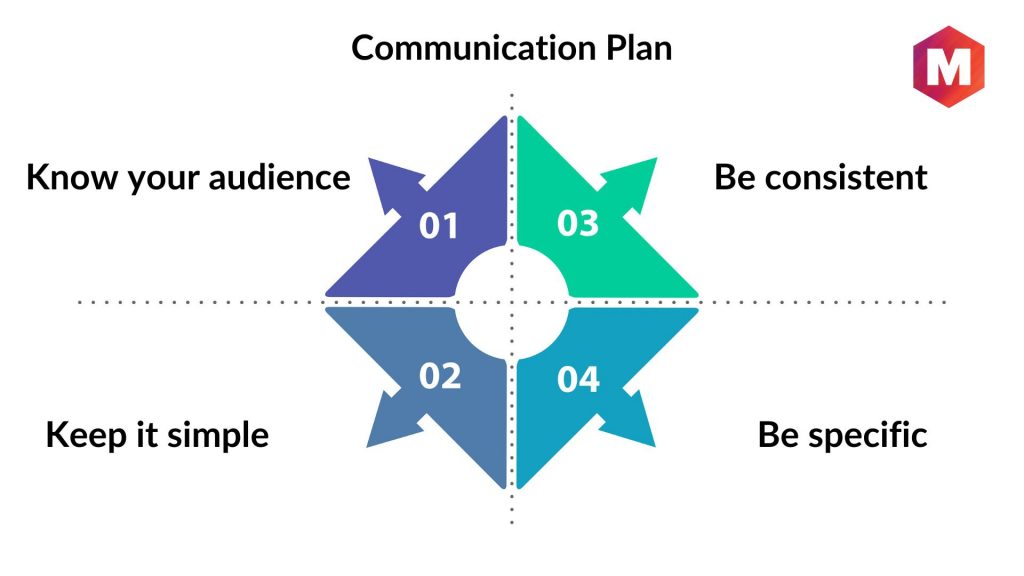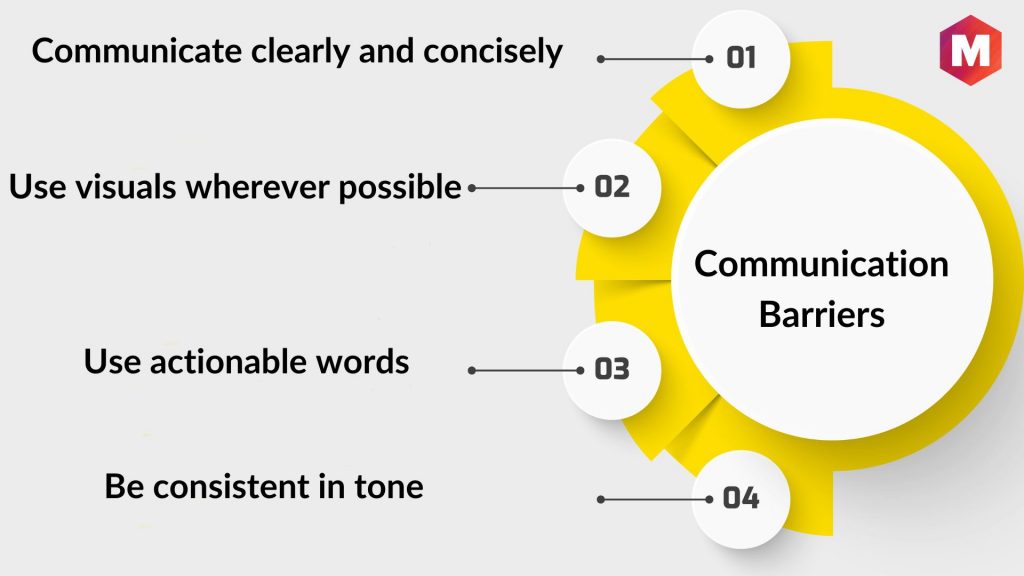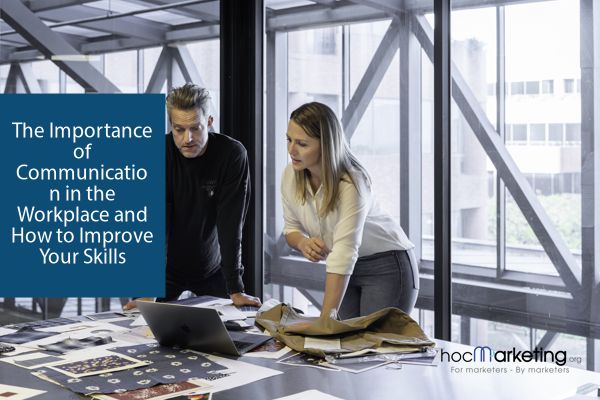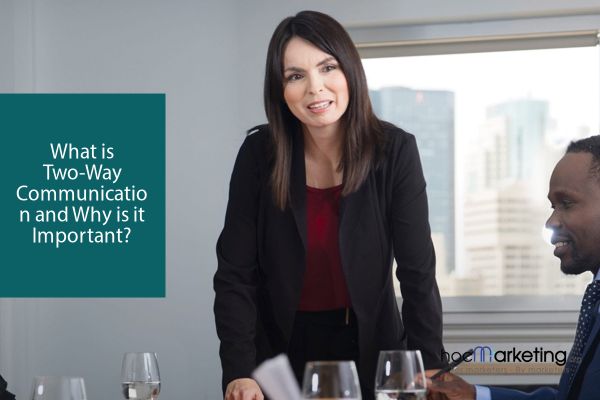
Breaking Down Communication Barriers in the Workplace

Effective communication is vital in the modern workplace However, various barriers hinder communication, including physical, psychological, language, and cultural barriers Overcoming these obstacles requires a successful communication plan tailored to the audience, utilizing technology, and maintaining consistency
In today's postmodern industrial world, clear and effective communication is paramount to achieving success. It is crucial to convey your message clearly and concisely across all media platforms to maintain a flawless brand image. Consistent, high-quality communication is key to combatting any negative propaganda that may arise from individuals both within and outside your network of influence. Simply having technologically advanced products is no longer sufficient; a strong marketing strategy that disseminates up-to-date brand information through various social media channels such as Facebook, Twitter, and LinkedIn is essential.
In today's competitive market, opponents often resort to using misinformation as a means to create mistrust. However, as trainers and marketers have noted, there are numerous barriers to effective communication that people face. Western cultures have been accused of using English as a tool for linguistic imperialism, while other languages such as French, Spanish, Mandarin, and Arabic are widely used in literature, arts, cinema, and diplomacy. By breaking down these communication barriers, you can establish yourself as a highly effective leader, no matter your field of work.
What are Communication Barriers?
Effective communication is an essential ingredient for the success of any workplace. It facilitates the sharing of ideas, completion of tasks, and successful project outcomes. However, communication breakdowns can lead to barriers and a host of workplace issues.
Communication barriers can manifest in various forms, including physical or gender-related barriers. It could also be as simple as not knowing someone's personal details or more severe, like an employee using poor grammar and spelling in their emails.
Effective communication is crucial for any workplace to function smoothly and to achieve its objectives. Companies need to prioritize creating an open and supportive environment where employees feel comfortable expressing their thoughts and ideas. Research has demonstrated that when employees have clear and open lines of communication with their superiors, they are more likely to remain engaged and motivated in their work, leading to increased productivity and job satisfaction.
Four Barriers of Communication
Effective communication is crucial in resolving customer queries, yet many trainers, teachers, and BPO workers struggle in this area. Even those with strong technical skills may fall short if they cannot connect with customers on a personal level. This requires speaking in a way that is clear and easily understandable to the customer. Unfortunately, there are several communication barriers that can hinder this process, including poor management, gender differences, emotional barriers, and cultural differences.
1) Physical Barriers
On top of the list of physical barriers is stammering and similar such speech difficulties. Next is hearing disabilities that prompt the speaker to speak loudly.
2) Psychological Barriers
Thanks to electronic communication channels, barriers of time and space have been significantly reduced, making it possible for people with disabilities, such as those who are deaf, dumb, or blind, to communicate effortlessly. It's important not to overlook nonverbal communication cues, as they can provide valuable insights into the listener's thoughts and feelings, thus enabling you to steer the conversation in a more productive direction.
When the listener displays a lack of interest or attention, it can be discouraging for the speaker. Behaviors such as constantly swiping through a phone or taking calls during conversation are considered impolite. Additionally, avoiding eye contact, especially if the speaker holds a position of authority, can be perceived as insolent and may result in reprimand. While differing viewpoints are common, open and honest communication without hidden agendas can help resolve conflicts, even in cases of religious or political differences. Sitting down together with the aim to find a solution through heart-to-heart communication can be effective.
3) Language Barriers
Avoiding jargon and technical language is essential for effective communication. It can be tempting for some executives to use complex terms to impress their colleagues, but this only creates a barrier to understanding. Clear and concise messaging is the key to excellent communication.
Using simple language and presenting thoughts in an easily understandable manner is key to effective written communication. When readers can immerse themselves in the writer's imagination, they can respond appropriately to the document's purpose.
4) Cultural Barriers
In some cultures, particularly in Asia, there are strict social norms regarding communication between men and women. This can extend beyond everyday conversation to include topics that are considered taboo in art and cinema. In a professional environment, it is advisable to avoid potentially controversial topics such as politics, religion, sex, disability, and racism to maintain a harmonious workplace.
For foreign visitors, navigating cultural and generational differences can be challenging, particularly when attempting to understand local slang and expressions. Additionally, stress plays a significant role in hindering effective communication, creating psychological barriers that impede understanding.
Other Common Barriers of Communication include
Lack of attention from the listener
Jargons being used which are unfamiliar to the listener
Taboos or emotional barriers to communication
Disabilities which are physical in nature
The difference in languages and therefore the problem of overcoming accent differences
Difference in social interaction due to cultural differences.
Here is a video byon Communication Barriers.
How to Overcome Barriers to Communication?
Clear communication is essential in overcoming communication barriers, with the distortion of the message being the most significant obstacle. Ensuring that your ideas are conveyed at the appropriate time is crucial to successful communication.
during the game?
Use the filters below to uncover the core of the event.
Where did it happen?
When did it happen?
How did it happen?
Why did it happen?
By implementing these fundamental filters, the message will have a more solid foundation, reducing the likelihood of distortion. Adopting a clear, systematic approach to addressing every matter will minimize confusion and misunderstandings.
It's crucial to prioritize customer satisfaction, as one unsatisfied customer can have a ripple effect and share their negative experience with numerous others. With the vast reach of social media, these negative experiences can quickly spread to thousands of potential customers. While mistakes can easily be amplified on social media, keeping your word and ensuring customer satisfaction can go unnoticed and unappreciated.
In the past, during the era of web 1.0, information flow was unidirectional, solely from the company to the customers. However, with the advent of web 2.0, communication has become a two-way process that takes place in real-time. This allows businesses to connect with their customers on a personal level, addressing any issues or concerns directly. Social listening tools provided by platforms like Twitter can automatically detect customer feedback and hashtags related to your brand, making it easier to respond and engage with your audience.
Having a quick response time is crucial in the world of customer service. To ensure that complaints are addressed promptly, many large corporations have implemented automated bots to monitor online forums. By detecting negative feedback early on, these companies can prevent issues from escalating and damaging their brand reputation. Effective communication is also key in maintaining a competitive edge. When all stakeholders are able to communicate clearly, both internally and externally, the organization is better equipped to navigate any market challenges.
How to Create a Successful Communication Plan?
Effective communication is essential for the success of any business. It is the key to conveying your message to customers, employees, partners, and stakeholders. However, it's important to remember that communication is not just about the words you use, but also about the way you deliver them. To create a successful communication plan, you need to ensure that your message is conveyed in a clear, concise, and impactful manner.
Here are some tips for creating an effective communication plan:
1. Know your audience
Who will be reading or listening to your message? What do they need to know? What are their concerns and questions? How can you address them in a way that makes them feel heard?
2. Keep it simple
Focus on one point at a time to avoid overwhelming your audience with too much information or too many details. Otherwise, they may lose interest before you have the chance to fully make your point.
3. Be consistent
Make sure all of your communications are consistent in tone and style; otherwise people won’t know who’s talking or who has authority over what information.
4. Be specific
Don’t use vague terms or phrases, such as “we” and “our company,” in your communications; instead, talk about yourself and your team directly.
The Role of Technology in Overcoming Communication Barriers
There are a few ways that technology can help you overcome the challenges you face when communicating effectively with your team members:
1. Communicate clearly and concisely
If you want your message to be understood clearly, then it’s essential that you state it simply and without ambiguity.
Use bullet points rather than sentences so that people can easily scan through your message and get to what matters most quickly.
2. Use visuals wherever possible
Using visual content such as photos, graphics, videos, and infographics can significantly enhance engagement rates compared to relying on text alone. This is because visual aids help individuals better absorb and connect with the message being conveyed. Additionally, they aid in improving comprehension by allowing readers to retain and recall more information than they would if they were only reading text.
3. Use actionable words
To make your messages more effective, it's important to include clear and actionable directives. Utilize words such as 'you', 'now', and 'here' to motivate your audience to take immediate action on your request.
4. Be consistent in tone
You want to avoid confusing or conflicting messaging so make sure that the language you use throughout your campaign is consistent with the overall message.
Final Words!
Effective communication is crucial in any workplace, but unfortunately, communication barriers are an all-too-common occurrence. When employees have varying interpretations of their roles and responsibilities, it can create a lot of challenges for everyone involved.
Identifying communication barriers is crucial for managers and co-workers to improve performance. Admitting to having communication process problems may be difficult, but acknowledging them is the first step towards a solution. It's important to understand that communication barriers are a common occurrence in the workplace and won't go away on their own. Instead of making excuses, take action and address the issues head-on.
NEXT
7 C’s of Communication
PREV
Communication Process
START
What is Communication
